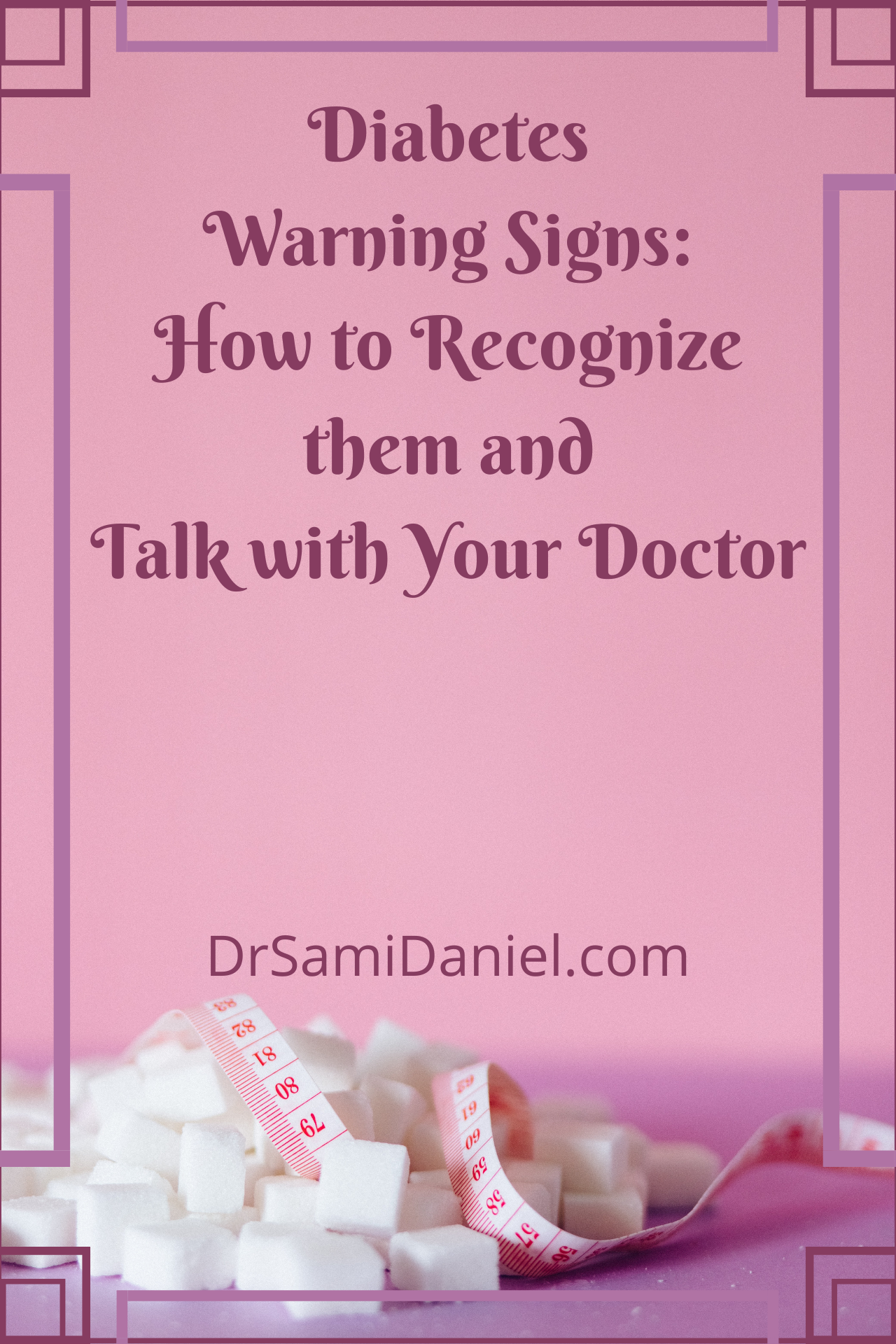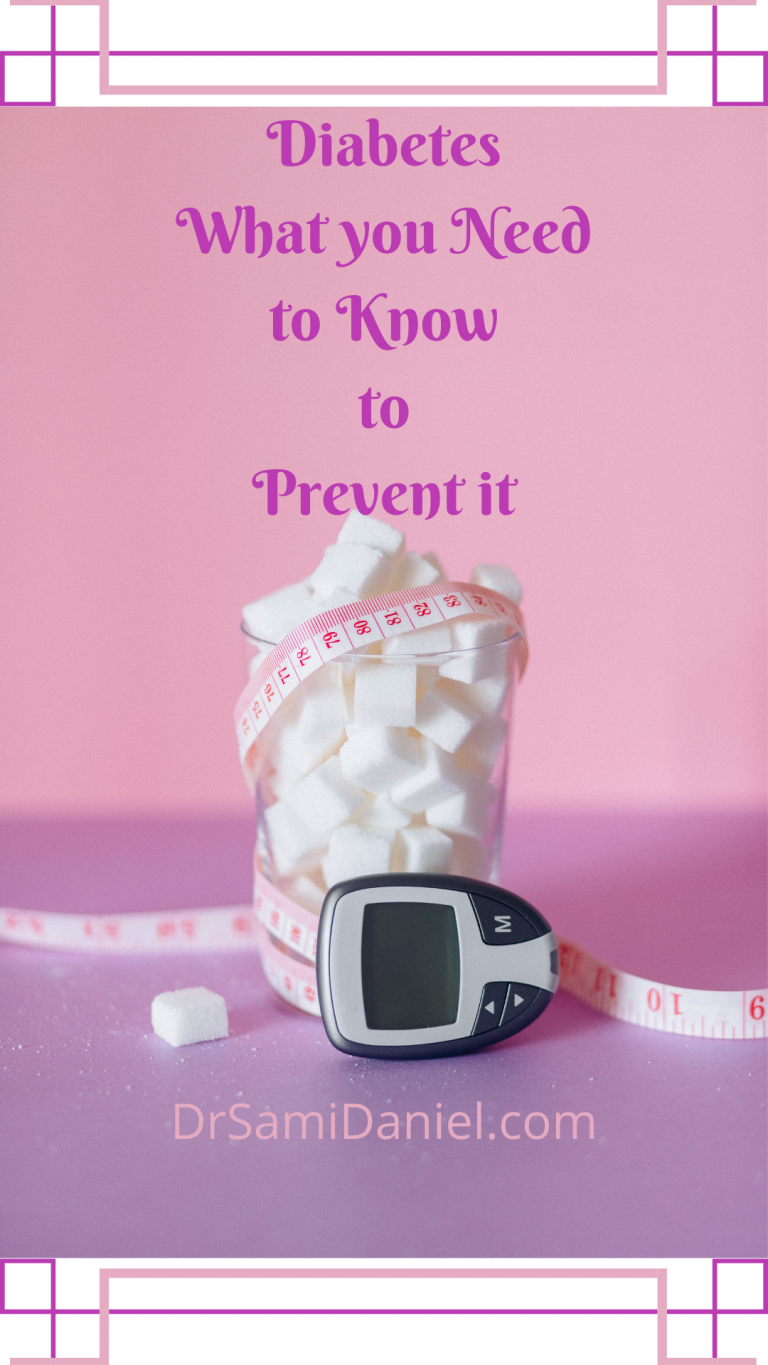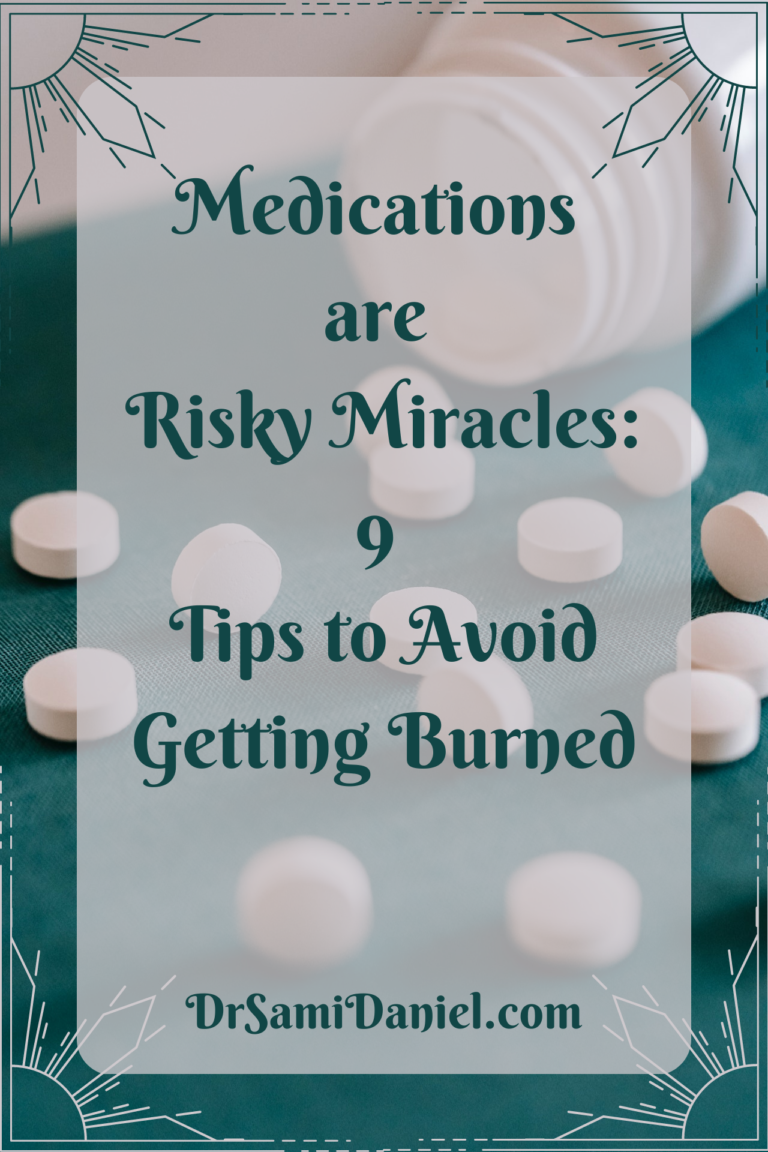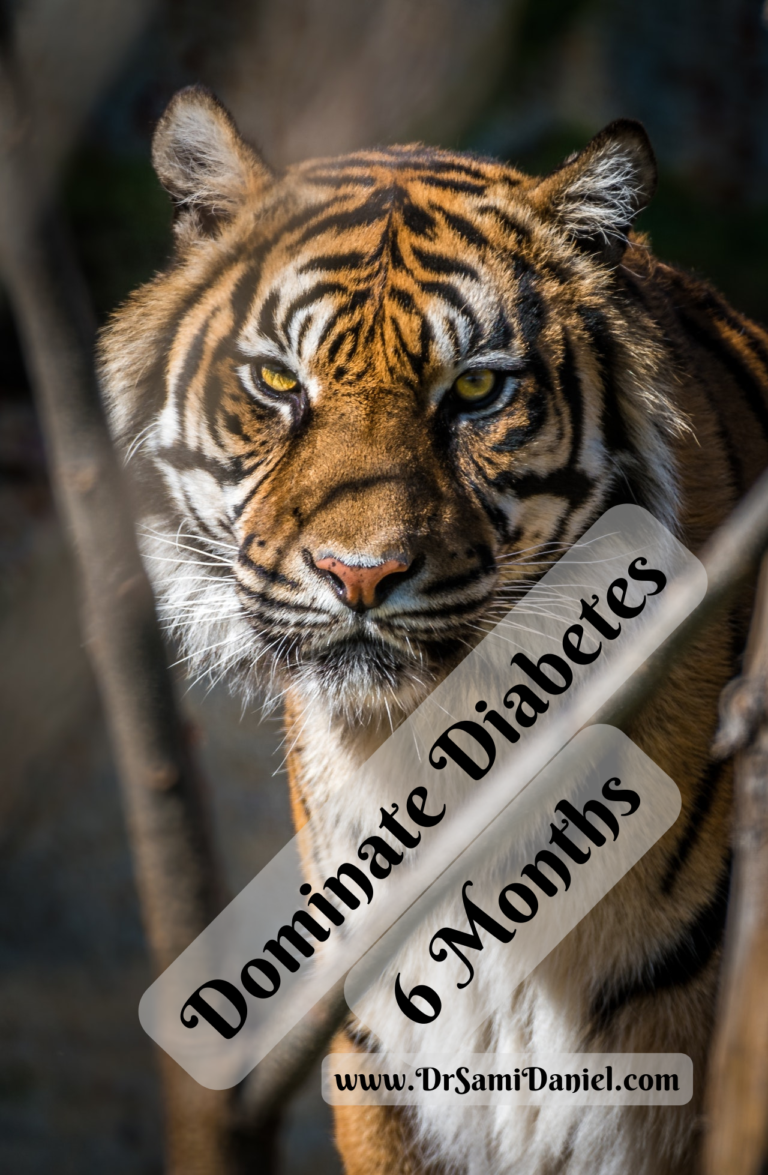How to Recognize the Warning Signs of Diabetes
Diabetes can be life-threatening.
It is a chronic process that takes a long time to develop.
But if you have not been getting regular check ups, then you may not be in tune with your body’s internal climate.
The first diagnosis may come in a hospital bed when you have been confused, short of breath, with abdominal pain and/or nausea and vomiting.
At that point, the blood sugars are well above 400 – 500 and possibly topping 1,000 (normal is around 90).
But they need not get that high before taking action. You must certainly get regular check ups with your Doctor.
However let’s walk through the symptoms and warning signs of underlying diabetes so that you are not taken by surprise.
An Apple a Day Keeps the Doctor Away
Many people take this phrase literally.
I don’t know if an apple a day actually helps people maintain their health well enough to keep the Doctor away.
However there is an underlying message I would like to bring to light with this phrase.
Routine check-ups are necessary to maintain health.
You must develop the routine or habit to visit your Doctor regularly.
Regular visits, at least once per year (and possibly more depending on your Doctor’s judgement), will help you check up on your overall health.
The more you get in touch with the inner workings of your health, the more likely you are going to catch something in the early stages.
And if you find something early, you can treat it early before it gets out of control.
Sometimes, things get out of control fast!
So visiting your Doctor regularly will help minimize risk and maybe even prevent problems from developing or getting worse.
“One if by land, and two if by sea”
What was Paul Revere’s signal? Light the lantern at the tower, “One if by land, and two if by sea.”
He knew what the sign was, he knew what the different signs meant, and he knew what action to take in either situation.
The symptoms of high blood sugar are the first warning signs. The body tells us if something is wrong. But we have to know the signs.
What are the signs of hyperglycemia?
“Hyperglycemia” translates to high blood sugar.
So what are the symptoms of high blood sugar? And why is it important to know them?
- Increased hunger/appetite
- Increased thirst
- Increased urination
- Abnormal weight loss/ weight gain
- Blurry vision
- Feeling sleepy
- Slow recovery from infections or injuries
These are often the first warning signs the body uses to signal a problem.
What are the dangerous signs?
Hyperosmolar Hyperglycemic Syndrome (for Type 2 Diabetes) and Diabetic Ketoacidosis (for Type 1 Diabetes) can result if symptoms are left untreated.
More severe signs can develop. This includes, but not limited to:
- Confusion
- Feeling very tired
- Headache
- Fruity smelling breath
- Fast and deep breathing
- Muscle pain and/or stiffness
- Abdominal pain
- Nausea and/or vomiting
There is some overlap of the symptoms between the two diseases, There is also overlap of symptoms from the first warning signs to more severe signs.
So if you experience warning symptoms, do not wait to speak with your Doctor.
What do these signs mean?
They are all indicators that there is a high amount of sugar in the blood.
High levels of blood sugar interferes with the automatic responses of the body. Hunger, thirst, and bathroom breaks are all compromised if blood sugars are too high.
One sign by itself could simply mean that you are hungry because it’s lunch time. Or you have a headache because it’s been a long day.
But if you are eating more than usual and you are experiencing other unusual symptoms as noted above, your next action should be to visit your Doctor.
What to do when you notice the signs?
- Set your Doctor’s appointment.
- Make a list of all the signs you have noticed.
- Take note of any family history of diabetes.
- Take note of your diet and exercise routine.
- You can buy a blood glucose testing kit over the counter and start recording your blood sugar levels.
- Express your concern to the Doctor and outline all your findings and any history.
- Have the Doctor check your Hemoglobin A1C levels (This checks your blood sugar control for the last 3 months)
- Talk with your Doctor about diet, exercise, and treatment options.
Conclusion
Knowing the signs, recognizing the possible problem, and taking action are important steps.
Diabetes is a chronic condition. However it can easily take you by surprise if you are not aware of the symptoms.
So if you notice symptoms, take action as Paul Revere.
But instead of alerting your Doctor that the British are coming, you will sound the alarm to get tested for the possibility of diabetes.







